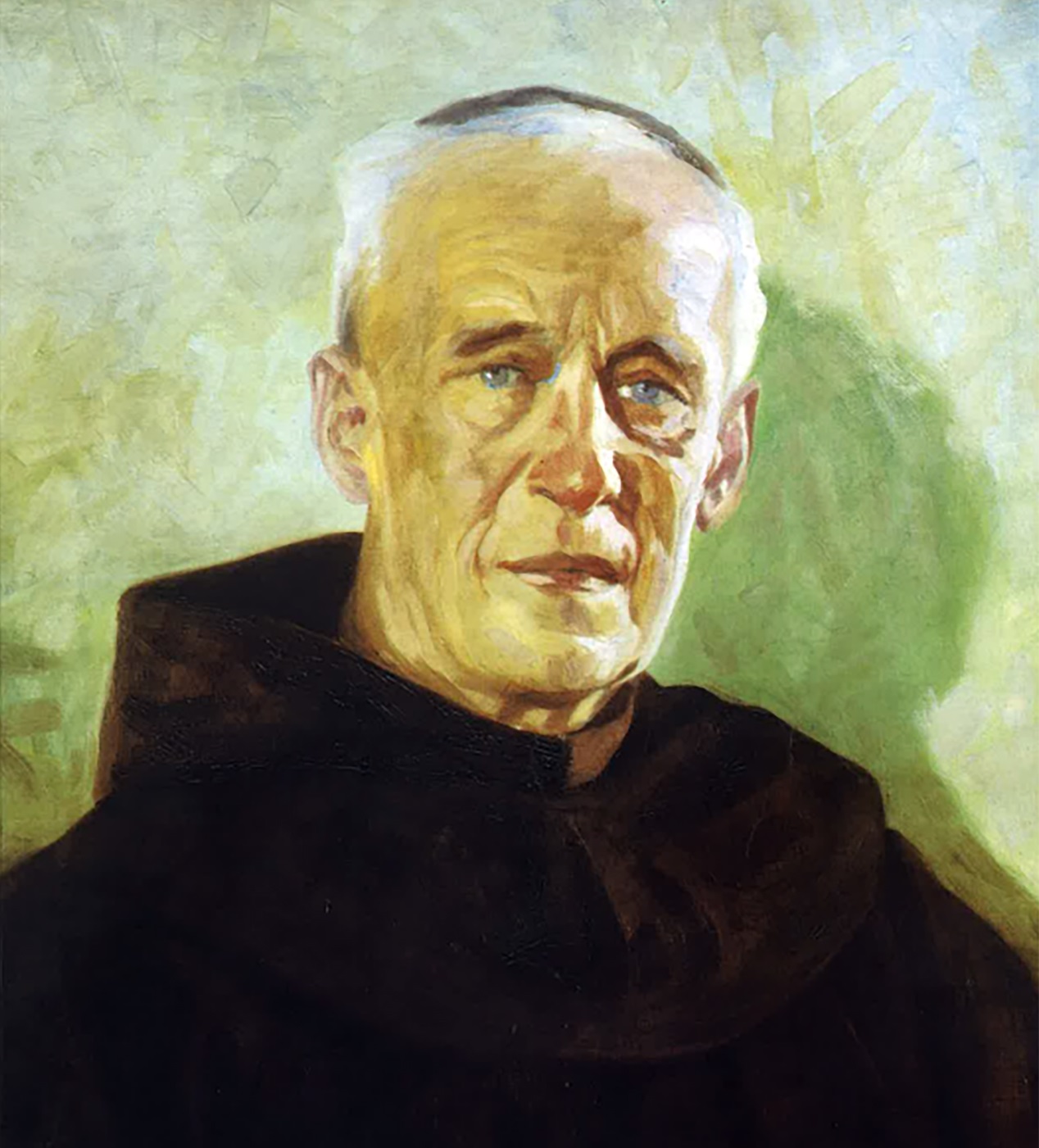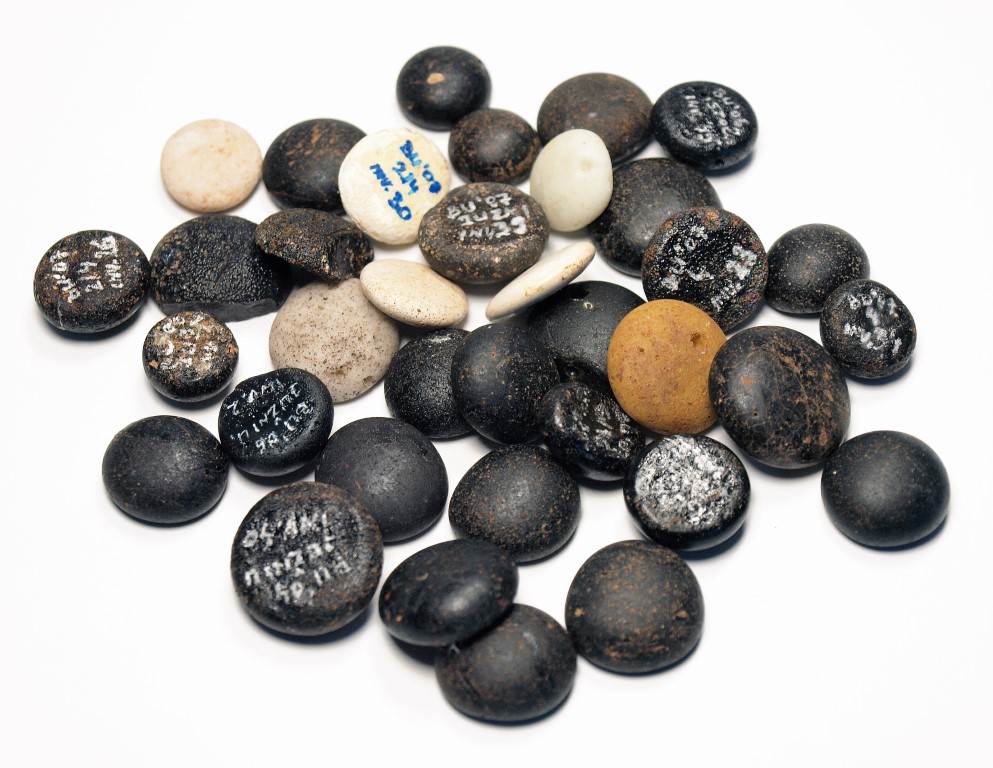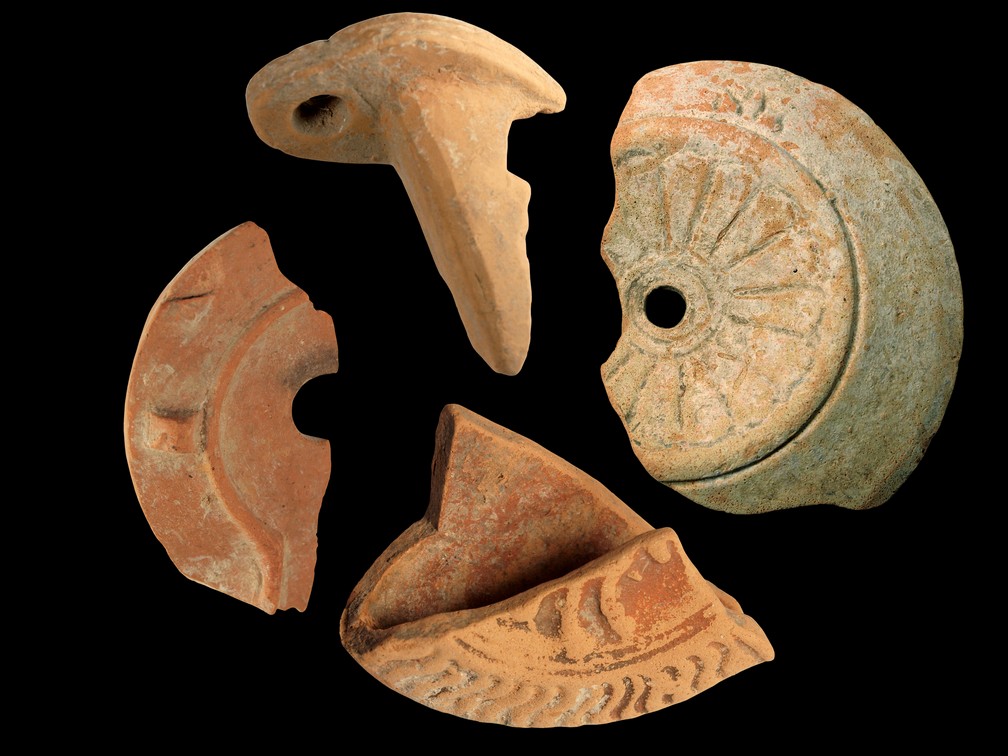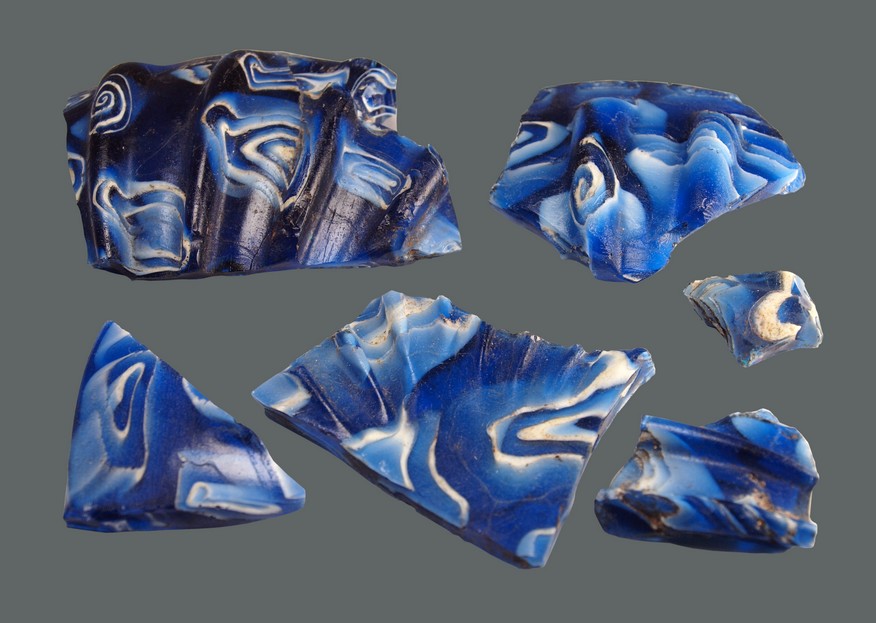Marin Zaninović (Velo Grablje 1930 – Zagreb 2022) – the coryphaeus of Croatian archaeology, culture, and humanistic sciences
On 2 December, 2022, at the age of 93, the distinguished Croatian archaeologist, scientist, and excellent pedagogue Prof. Marin Zaninović Ph.D. left this world and stepped into the Elysian Fields
A world-renowned scientist of exceptional humanistic education and activities, and an associate member of the Croatian Academy of Sciences and Arts, he was born in Velo Grablje on the island of Hvar on 18 January, 1930.
He attended elementary school in his hometown, and then classical high schools in Bol and Split, where he graduated in 1950. He studied archeology at the Faculty of Philosophy of the University of Zagreb, where he graduated in 1955, and in 1965 he received his doctorate on the topic of “The Illyrian Tribe of the Delmats”. From 1957, he taught ancient provincial and Early Christian archeology at the Faculty of Philosophy of the University of Zagreb. As a visiting professor, he also taught at other institutions of higher education in Croatia and abroad, including postgraduate studies at the University of Padua in Italy.
He held the position of president of the Croatian Archaeological Society from 1969 to 1971. He was involved in archaeological survey and topographical investigations on the coast and islands of southern Croatia (Ston, Cavtat, Koločep, Hvar, and Mljet), in southwestern Bosnia (Duvno, Livno, Ošanjići), central and northern Dalmatia (Danilo, Petrovo polje, the area around Mount Promina, the Knin area, the Burnum agglomeration). His main areas of interest included ancient and Illyrian topics on the eastern coast of the Adriatic, relations between the Illyrian population and the Hellenic and Roman world, and the spiritual culture of the Illyrian ethnic communities. Although he retired in 2002, Marin Zaninović continued to work with the same intensity, promoting Croatian archaeology in the country and around the world.
Marin Zaninović received numerous awards and recognitions for his dedicated work, including the highest professional award, the Lifetime Achievement Award of the Croatian Archaeological Society “Don Frane Bulić” in 2002, and the prestigious Lifetime Achievement Award of the Croatian National Assembly for overall scientific and research work in the field of humanities. His fellow Hvar natives rewarded him with the City of Hvar Lifetime Achievement Award, which was awarded to him in 2004 for his half a century of scientific and educational work. Marin Zaninović was one of the most consistent promoters of Croatian archeology, humanities, and culture in a broader sense. Marin Zaninović’s funeral was on Wednesday, December 7, 2022. The Burnum agglomeration was often the focus of his scientific interest.
He very often showed interest in our investigations of Burnum, giving frequent advice and recommendations. In addition, he was one of the reviewers of the book The Roman Army in Burnum. Further, he was the main promoter of the exhibition “Burnum – The Archaeological Treasure of the Krka” in 2016 at the National and University Library in Zagreb, and the promoter of the book The Ancient Heritage on the Banknotes of Mediterranean Countries, published by the Krka National Park.
In 1968, during field trips to the area of northern and central Dalmatia, he wrote the following about Burnum: “Burnum was undoubtedly one of the important centres in the border area between the Delmats and the Liburni. As such, it appears in the well-known text of Pliny, which mentions it in the first place: Burnum, Andetrium, Tribulium, nobilitalu proeliis castella (N. h. III, 142). Today, we can accept as an established fact that every or almost every Illyrian settlement site in the hilly areas of our country, which were later known as Roman settlements, had a fortified predecessor, whose name the Roman settlement regularly took over. The name castellum, with which Pliny refers to Burnum and the other two settlements, indicates their significance as a fortress.” In the same work, he referred to Emperor Hadrian’s visit to Burnum, which most probably took place around the year 118. “That he really did visit the province of Dalmatia is proven by a copper sestertius from a series of so-called ‘geographic coins’ or ‘travel coins’ that were minted for each province he visited. Such a coin was acquired in Smyrna in 1910 for the Berlin Numismatic Cabinet, and was published by K. Regling. The reverse of the coin bears the legend: Exerc(itus) Delmaticus. Most likely, therefore, on the trail of this or another of Hadrian’s visits to Dalmatia, a few municipalities remained in the interior of the province, first of all our Burnum as the municipality whose terminus post quem is most likely the year 118, from the inscription CIL III 2828. Hadrian’s visit was therefore a distinct stimulus to the Romanization of these areas, which also elevated Burnum, a former strong Delmataean fortress, and now an important transportation and population centre on the right bank of the Krka River, to the respectable rank of municipium, as a logical sequence of a form of development known from a series of similar examples throughout the Empire.”
Dear Professor, we hope you find peace on the Elysian Fields, where the righteous and the beloved of the gods spend a blissful life, and in such bliss dwell the gods and heroes after death. That is why we won’t say goodbye, but farewell, because we believe that we will meet once again on those fields.
























